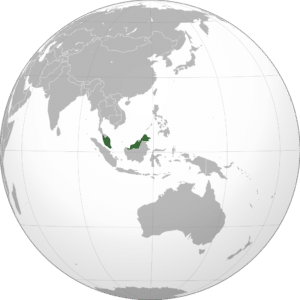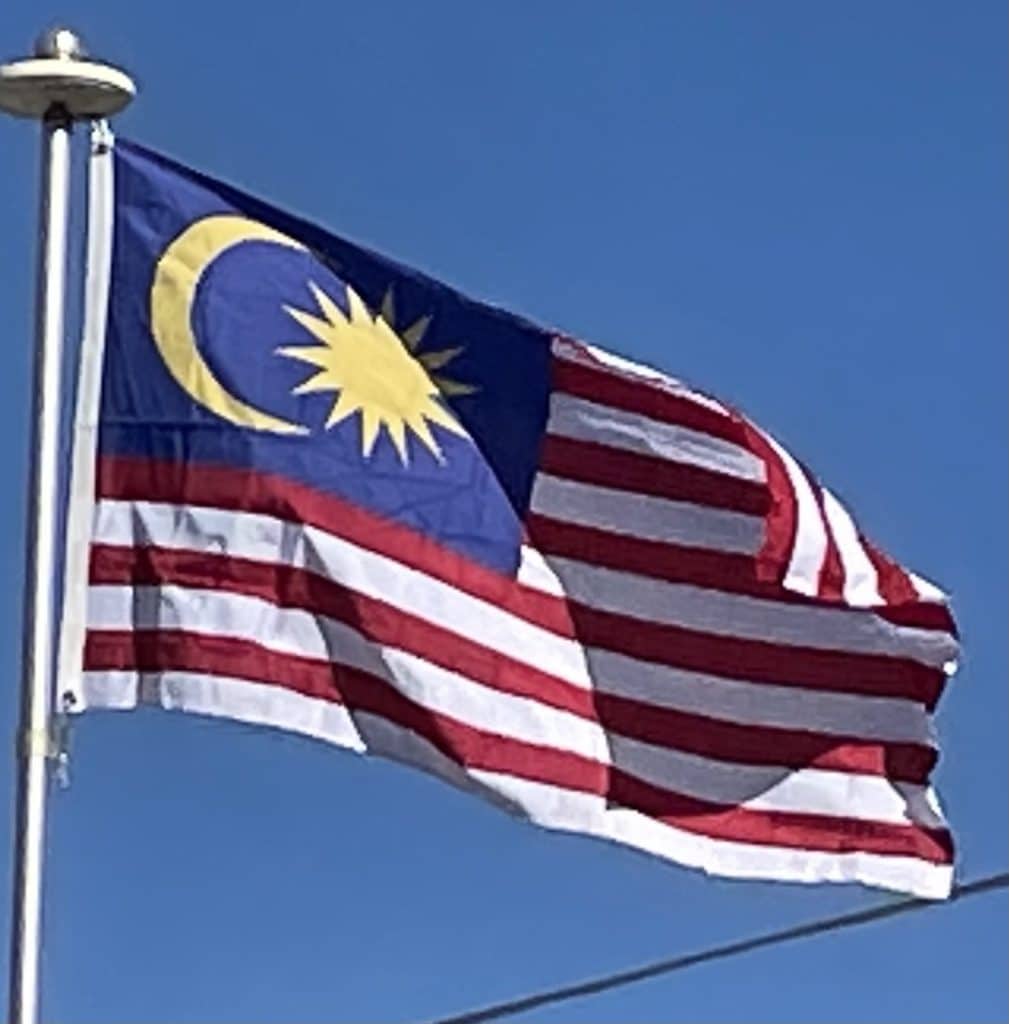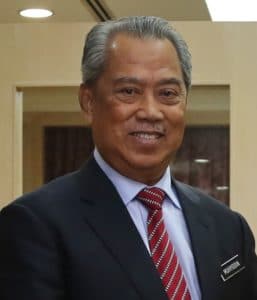Introduction:
Malaysia is a country in Southeast Asia. The federal constitutional monarchy consists of thirteen states and three federal territories, separated by the South China Sea into two regions, Peninsular Malaysia and Borneo’s East Malaysia. Peninsular Malaysia shares a land and maritime border with Thailand and maritime borders with Singapore, Vietnam, and Indonesia. East Malaysia shares land and maritime borders with Brunei and Indonesia and a maritime border with the Philippines and Vietnam. Kuala Lumpur is the national capital and largest city while Putrajaya is the seat of the federal government. With a population of over 32 million, Malaysia is the world’s 43rd-most populous country. The southernmost point of continental Eurasia is in Tanjung Piai. In the tropics, Malaysia is one of 17 megadiverse countries, home to a number of endemic species.

Malaysia has its origins in the Malay kingdoms which, from the 18th century, became subject to the British Empire, along with the British Straits Settlements protectorate. Peninsular Malaysia was unified as the Malayan Union in 1946. Malaya was restructured as the Federation of Malaya in 1948 and achieved independence on 31 August 1957. Malaya united with North Borneo, Sarawak, and Singapore on 16 September 1963 to become Malaysia. In 1965, Singapore was expelled from the federation.
The country is multi-ethnic and multi-cultural. About half the population is ethnically Malay, with the minorities of Chinese, Indians, and indigenous peoples. While recognizing Islam as the country’s established religion, the constitution grants freedom of religion to non-Muslims. The government is modelled on the Westminster parliamentary system and the legal system is based on common law. The head of state is an elected monarch chosen from among the nine state sultans every five years. The head of government is the Prime Minister.
After independence, the Malaysian GDP grew at an average of 6.5% per annum for almost 50 years. The economy has traditionally been fueled by its natural resources but is expanding in the sectors of science, tourism, commerce and medical tourism. Malaysia has a newly industrialized market economy, ranked third-largest in Southeast Asia and 33rd-largest in the world. It is a founding member of ASEAN, EAS, OIC and a member of APEC, the Commonwealth and the Non-Aligned Movement.
History:
Evidence of modern human habitation in Malaysia dates back 40,000 years. In the Malay Peninsula, the first inhabitants are thought to be Negritos. Traders and settlers from India and China arrived as early as the first century AD, establishing trading ports and coastal towns in the second and third centuries. Their presence resulted in strong Indian and Chinese influences on the local cultures, and the people of the Malay Peninsula adopted the religions of Hinduism and Buddhism. Sanskrit inscriptions appear as early as the fourth or fifth century. The Kingdom of Langkasuka arose around the second century in the northern area of the Malay Peninsula, lasting until about the 15th century. Between the 7th and 13th centuries, much of the southern Malay Peninsula was part of the maritime Srivijayan empire. By the 13th and the 14th century, the Majapahit empire had successfully wrested control over most of the peninsula and the Malay Archipelago from Srivijaya. Islam began to spread among Malays in the 14th century. In the early 15th century, Parameswara, a runaway king of the former Kingdom of Singapura linked to the old Srivijayan court, founded the Malacca Sultanate. Malacca was an important commercial center during this time, attracting trade from around the region.

